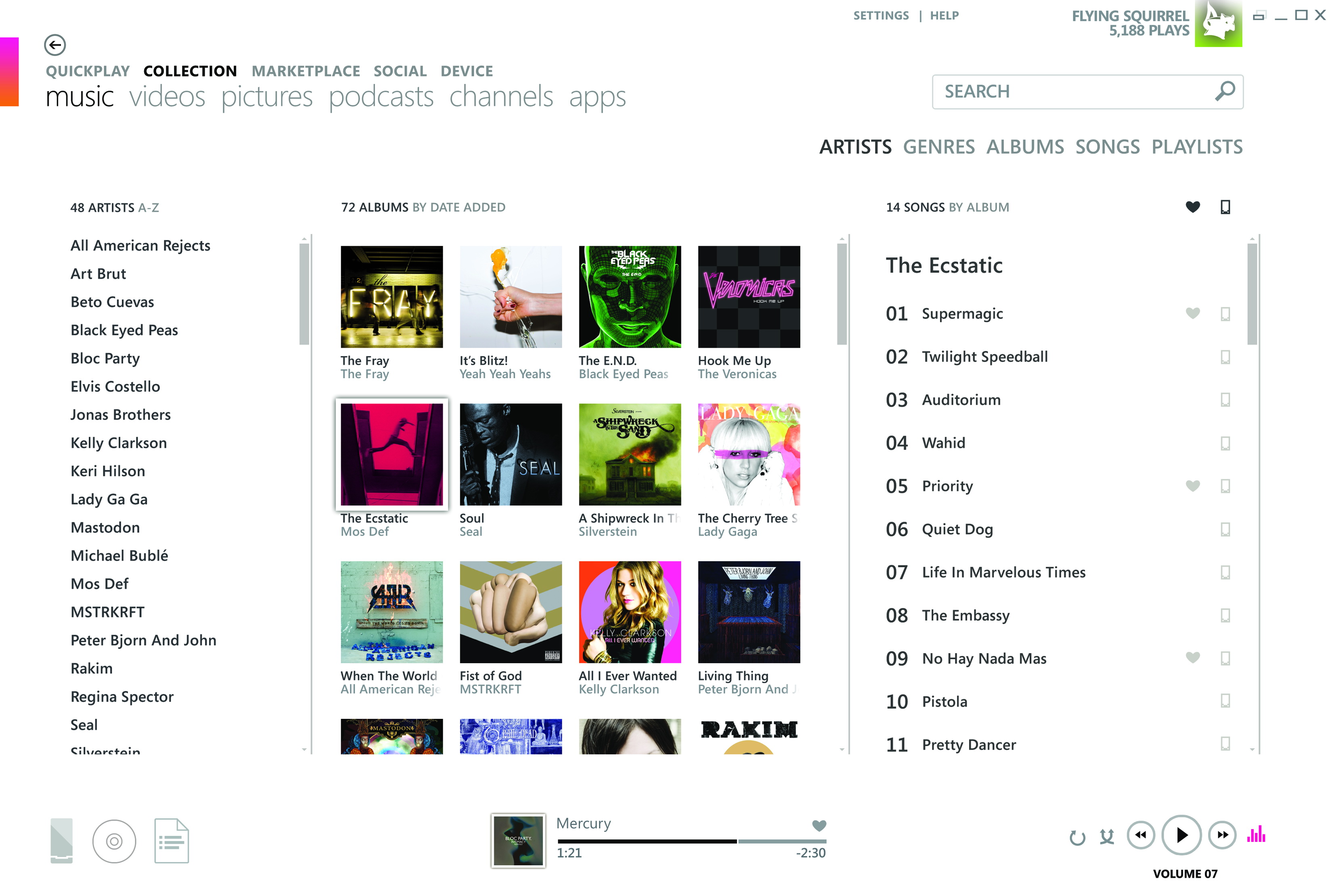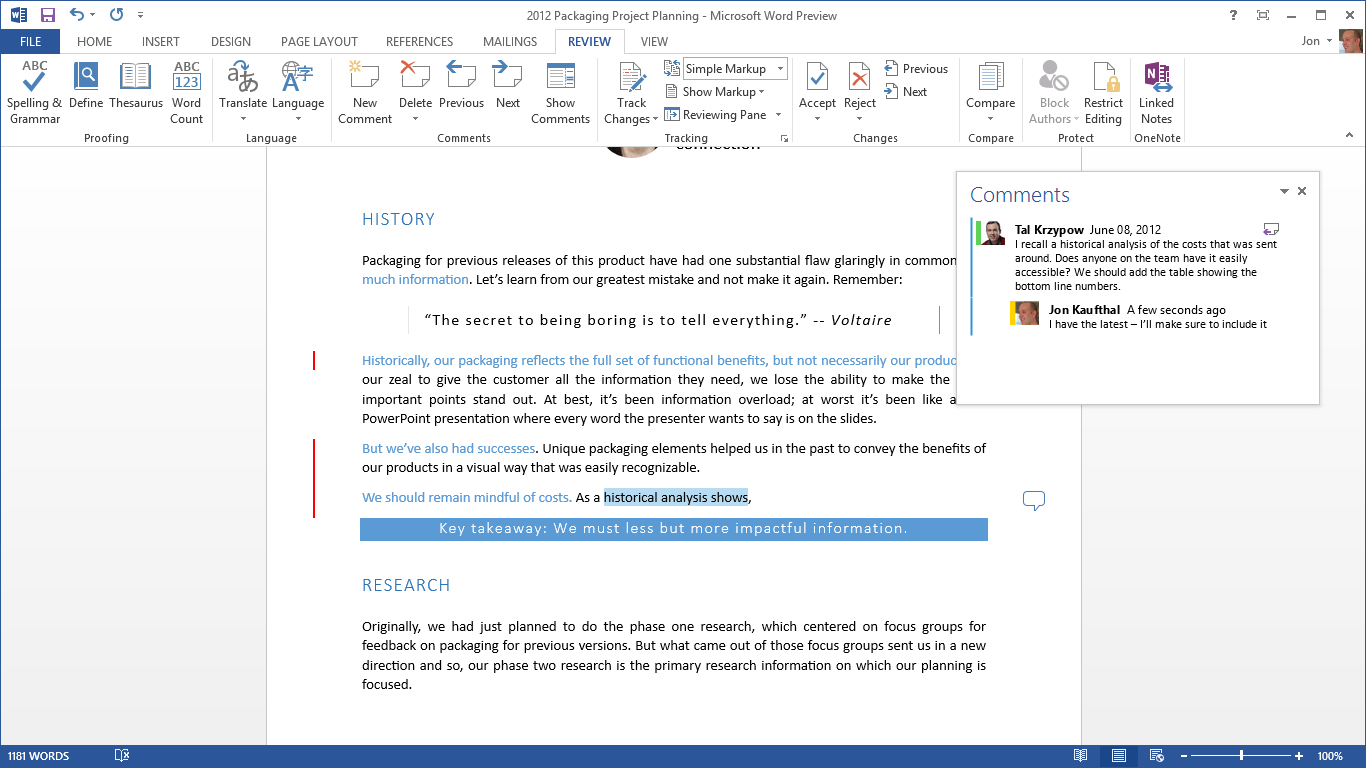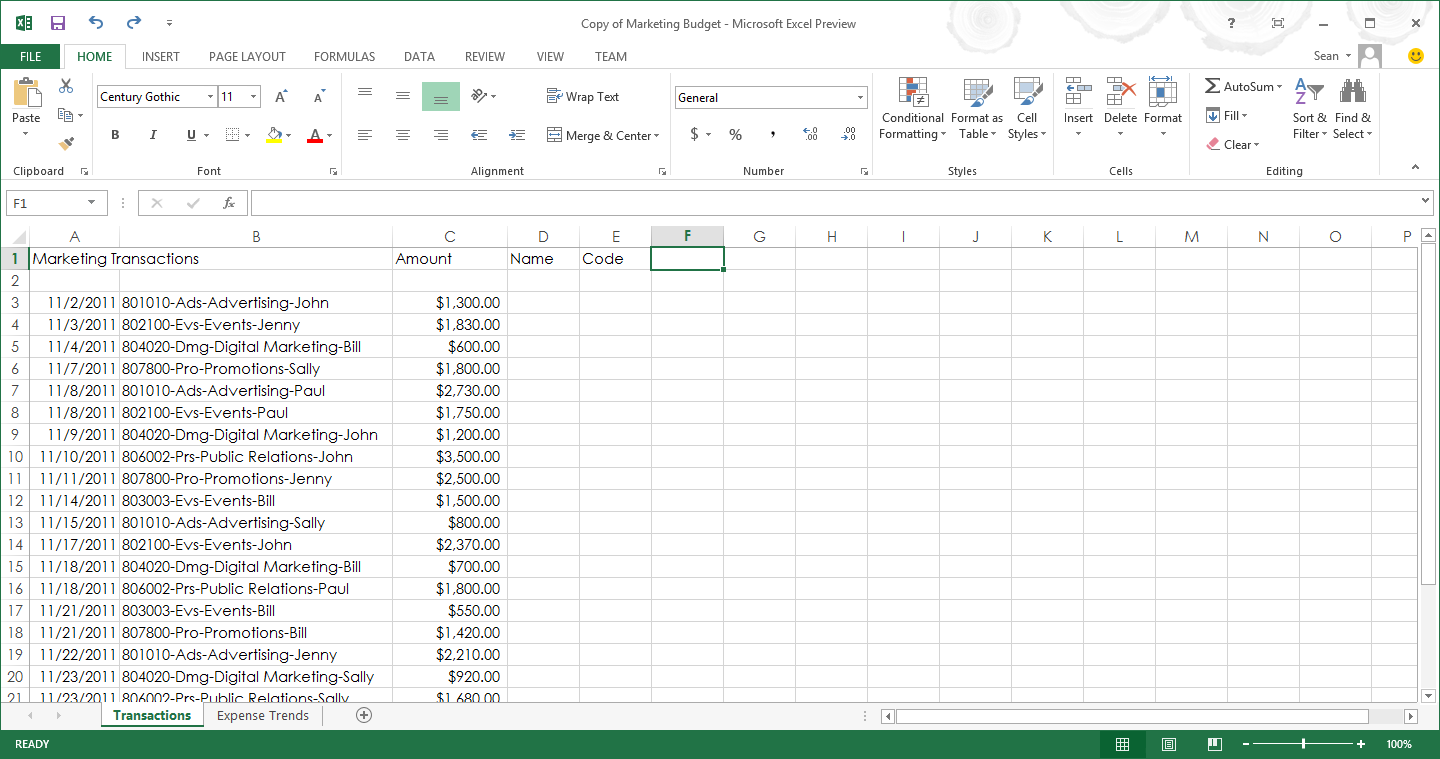Monday, June 17, 2013
my digital identity crisis
I don't know what I want. And, as always, that's because there's so much to choose from.
It all started when I read The Verge's review of the Vaio Pro. It looked like such a beautiful, functional device that it made me crave for an ultrabook. And ultrabook, mind you, that I absolutely don't need.
I, a single 23 year old male, live and depend on 4 different devices: a Nokia Lumia 920 smartphone, a Surface RT tablet, an HP Pavilion desktop and an Xbox 360. Yes, it's not a lot for a tech geeks, but the average citizen might raise an eyebrow. "Isn't there a lot of overlapping functions? Do you really need 4 devices?". And that's not counting my HP laptop from work, for two main reasons: a) it's not mine, it's the company's and b) since I work at a bank, most of what I do is confidential and thus, it is a severely limited device. And it's heavy. So yes, I use four different devices just for personal ends. I'm happy to report I use all 4 on a weekly (even daily) basis - which is for me a very good diagnosis of a purchase well made. But there's definitely no room on that ecosystem for an ultrabook. There would be, if I could use it for work, but I can't, so no. And yet I want one so much.
In thinking of this conundrum, I started pondering a lot on the state of personal computing today. Once, there was just the desktop. Everything you could possibly want to do in the digital space was restricted to that all-powerful device. Then came laptops, the promise of mobility without losing productivity (but gaining several strained shoulders and backs on the process). They didn't replace desktops, mind you, they just opened our eyes to new ways of computing (on a trip, on your house, on a meeting - all without losing your personal files or settings). Then came smartphones (for the majority of the world, that happened with the launch of the iPhone), and again, they didn't replace desktop or laptops, but rather, they taught us that some kinds of information or activities (writing e-mails, checking the weather, posting on Facebook) can be done quickly and anywhere, without requiring large screens or complex software. Then came tablets.
Tablets - again, for the majority of the human race, represented by the iPad - were a mystery for most people. Collectively, the world entered a paradox: "This is so pretty! I want it! But how can I spend so much money to buy something just to play Bejeweled on a large screen?". Sure, some people (mostly in the television/journalism business) used it to work. To the rest, tablets were a luxurious way to consume information and entertainment. To this day, no tablet has been seriously poised as a productivity device - except perhaps my own Surface, what with its integrated Office package and its wonderful Type Cover, and which, ironically, I use mostly for reading ebooks and newsfeeds, and watching the occasional movie or series episode. So, while doing things our other devices (mainly our phones), already do, tablets again didn't replace any predecessors; they simply revealed even more moments (in the couch watching TV, at the bathroom pooping) in which we can stay connected and just do stuff.
Why do we keep creating devices for every single moment of our life? Well, it's kind of a vicious cycle. When the desktop ceased to be our only device, we demanded a solution that allowed us to automatically have our information follow us wherever we logged on. And the popularisation of the Internet brought us the answer: the cloud. The cloud allows us to have access to our e-mails, files, credentials and any other personal configurations in any device. And so because we created more devices, we needed our information everywhere, so now we have our information everywhere, and we want more devices to access it. Since it's all on the cloud, I want to have it with me on the car! on the tub! on the subway!
Which brings me to a second, but very important part, of my digital identity crisis: software. At first, it was very clear: each device had its own OS, perfectly tailored to the hardware's capabilities (processor, screen size, etc). Then, the iPhone and the iPad started running the same OS. It was cool, there were some problems with apps not changing size, but all in all, no problem. Then came OS X 7 Lion, and Mac users were invaded by a plethora of iOS inspired features: full scren applications, "natural" scrolling (scroll up to go down, as if on a touch screen), the Launchpad list of apps, and a notification centre. A lot didn't like this, but still, it was ok. Then came Windows 8.
Windows 8 took a different approach than a Apple. Instead of having a mobile OS for phones and tablets and full OS for laptops and desktops, Microsoft has a mobile OS for phones (Windows Phone), one just for tablets (Windows RT) and one for tablets, desktops and laptops (Windows 8). So, kind of a mess.
Don't get me wrong, I have a Windows Phone and I love it. I have a Windows RT tablet and I like it very much, but I don't like jumping between two different interfaces to, say, adjust battery settings. On tablets, the Metro interface should be the only interface. And I have a desktop PC with Windows 8, and though I've tried many many times to use it mostly on the Metro interface, I just can't. Why? Multitasking.
The Metro interface is just not suited for the kind of multitasking I - and most users - demand on a full blow desktop. See, when I'm on my Surface using Kindle or Internet Explorer, I don't have expectations of fast switching between apps or having them all run at once because I know that isn't the kind of experience I need at those moments. I just want to read The Great Gatsby on a mobile screen, and maybe watch something on Netflix when I go to bed. Now, when I'm on my desktop, you bet I want 5 programs running simultaneously and to have everyone of them no more than a click away. The Metro interface makes this impossible by a) hiding open apps in a corner, where I have to get them with my mouse and b) by opening them in fullscreen and putting them on stand by when I switch to another (thus not enabling fast switching - say, posting a comment on Facebook about a movie you're watching, without having to pause the movie). Yes, there's the "snapping" feature, but who are we kidding, I've never used that in a real world scenario. It's ok for tablets but we demand so much more in a PC.
And don't get me wrong, I'm not talking about the Metro design language itself, which I love (they way I see it, it's more original, unique and beautiful than Aero, the Windows Vista & 7 interface). But that language doesn't require a full screen, no-multitasking interface. The Zune software was metro before Windows 8 and it looked gorgeous:
And even now, the Office 2013 apps live in the desktop and still have metro design that suits them just fine:
So why not have only a desktop interface with this beautiful, multitasking-able programs? Yes, Windows 8.1 promises us start buttons and metro interfaces with the same backgrounds as our desktop but all of that can't hide the fact that we've been given an OS that's not suited either for the desktop nor the tablet. Please, Microsoft, I am a believer, don't force me to go the Mac way!
All of this to say, I have four devices to play with and still I crave for more. It's not that we've opened so many new possibilities to be connected, it's that we don't have a complete solution for any of them. We are, regardless of Microsoft "no compromises" approach, making many compromises (specially on the Google front, which has the tablet and phone areas covered but no real solution for the desktop/laptop), and I realised, I feel like Scarlett Johanson in her latest perfume ad. While talking about love making stunts, she looks at the camera and says "oh, I'm not looking for a million things. Just love. That's the one". Truth is, I don't want an ultrabook, a new device in my life. I just want one that can fulfil all my needs, or an OS that can truly follow me around in every device without making me feel like I'm trading comfort and usability for omnipresence. That's the one.
note: regardless, I'll still look for an ultrabook when I'm in New York, in September. I'm torn between the Vaio Pro 13 and the Samsung Series 9 or 5. I'm that shallow.
Subscribe to:
Post Comments (Atom)





My advice:
ReplyDeleteGet the 2013 13" Macbook Air with Haswell configured with the fastest processor, the most RAM and the biggest SSD. Then install Windows 8 and Parallels VM, and run Windows 8 within Mac OSX.
You will have a high performance Macbook with 12 hours of power that can run Windows.
Or just use bootcamp. Don't really need the Parallels.
ReplyDelete